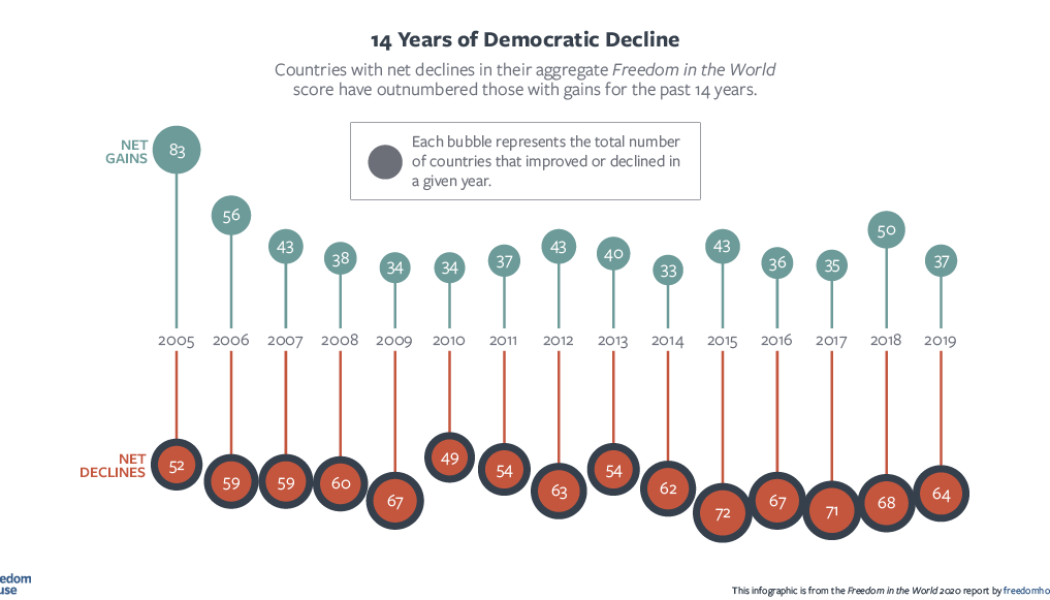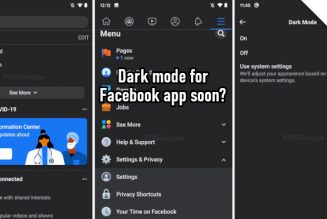While analysing the threat landscape of African countries, Kaspersky experts saw a steady decline in attacks on mobile devices in the region, as cybercriminals consolidated their efforts to focus on more complicated, dangerous and profitable threats instead. These and other findings are featured in Kaspersky’s Mobile Threats in 2021 report.
Overall, in 2021, South African users faced 38% less mobile malware attacks than in 2020, while other countries in the region have seen even more dramatic changes of their mobile threat landscape: Mozambique saw a 48% decrease, followed by Botswana (58%), Nigeria (59%), Ethiopia (69%) and Ghana (76%). The only countries where the share of attacks increased was Angola, where mobile malware actually grew by 12%.
“Indeed, there have been fewer mobile attacks in general, however, the attacks we are still seeing have become more complex and harder to spot. Cybercriminals tend to mask malicious apps under the guise of legitimate applications, which can often be downloaded from official app stores,” comments Tatyana Shishkova, security researcher at Kaspersky.
Why the Decline Isn’t Necessarily a Good Thing
This dynamic is a reflection of the global trend, as cybercriminals tend to invest less and less into the mainstream threats that are successfully neutralised by modern security solutions. Instead, they choose to invest more into new mobile malware that has become increasingly complex, featuring new ways to steal users’ banking and gaming credentials, as well as other strands of personal data.
For instance, in 2021 Kaspersky detected more than 95,000 new mobile banking Trojans in the world, but the number of attacks using such malware remained similar. Additionally, the share of Trojans – malicious programs capable of executing remote commands – doubled, reaching 8.8% in 2021.
In addition to the strategic changes on the mobile threat landscape, experts also attribute the overall decline of mobile malware in 2021 to the enormous wave of attacks seen at the beginning of lockdown in 2020 as users were forced to work from home.
That period also saw increased use of various video conferencing and entertainment apps, increasing the volume and spread of attack opportunities. Now that the situation has stabilised, cybercriminal activity declined as a result.
“With mobile banking and payment apps becoming even more widespread, there is a higher chance of cybercriminals targeting these more actively. Staying cautious and careful on the Internet and avoiding downloading unknown apps is good practice, but I also strongly recommend using a reliable solution. When it comes to the security of finances in particular, it is better to be safe than sorry,” Shishkova concludes.
Edited by Luis Monzon
Follow Luis Monzon on Twitter
Follow IT News Africa on Twitter











Tagged: Africa By Region, Cybercrime Africa, Cybercrime SA, Cybersecurity Africa, Cybersecurity news, IT News, malware, Malware in Africa, Malware Kenya, Malware News, Malware News SA, Malware Nigeria, Malware South Africa, mobile malware, Mobile Malware Africa, Security, security news, tech news, technology news, Top Stories